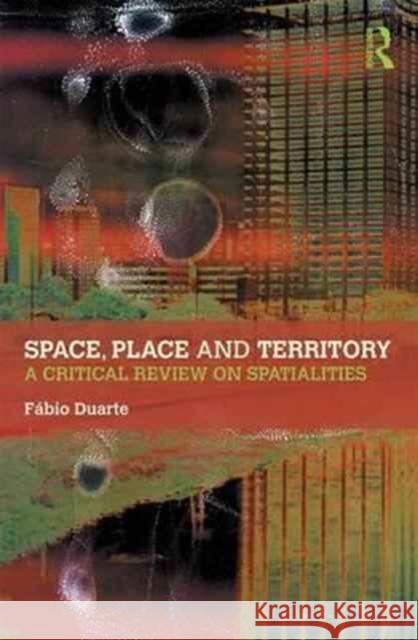Space, Place and Territory: A Critical Review on Spatialities » książka
Space, Place and Territory: A Critical Review on Spatialities
ISBN-13: 9781472483799 / Angielski / Twarda / 2017 / 168 str.
Space, Place and Territory: A Critical Review on Spatialities
ISBN-13: 9781472483799 / Angielski / Twarda / 2017 / 168 str.
(netto: 720,05 VAT: 5%)
Najniższa cena z 30 dni: 730,42 zł
ok. 22 dni roboczych
Bez gwarancji dostawy przed świętami
Darmowa dostawa!
Space, place and territory are concepts that lie at the core of geography and urban planning, environmental studies and sociology. Although space, place and territory are indeed polysemic and polemic, they have particular characteristics that distinguish them from each other. They are interdependent but not interchangeable, and the differences between them explain how we simultaneously perceive, conceive and design multiple spatialities. After drawing the conceptual framework of space, place and territory, the book initially explores how we sense space in the most visceral ways, and how the overlay of meanings attached to the sensorial characteristics of space change the way we perceive it smell, spatial experiences using electroence phalography, and the changing meaning of darkness are discussed. The book continues exploring cartographic mapping not as a final outcome, but rather as an epistemological tool, an instrument of inquiry. It follows on how particular ideas of space, place and territory are embedded in specific urban proposals, from Brasilia to the Berlin Wall, airports and infiltration of digital technologies in our daily life. The book concludes by focusing on spatial practices that challenge the status quo of how we perceive and understand urban spaces, from famous artists to anonymous interventions by traceurs and hackers of urban technologies. Combining space, place and territory as distinctive but interdependent concepts into an epistemological matrix may help us to understand contemporary phenomena and live them critically."











